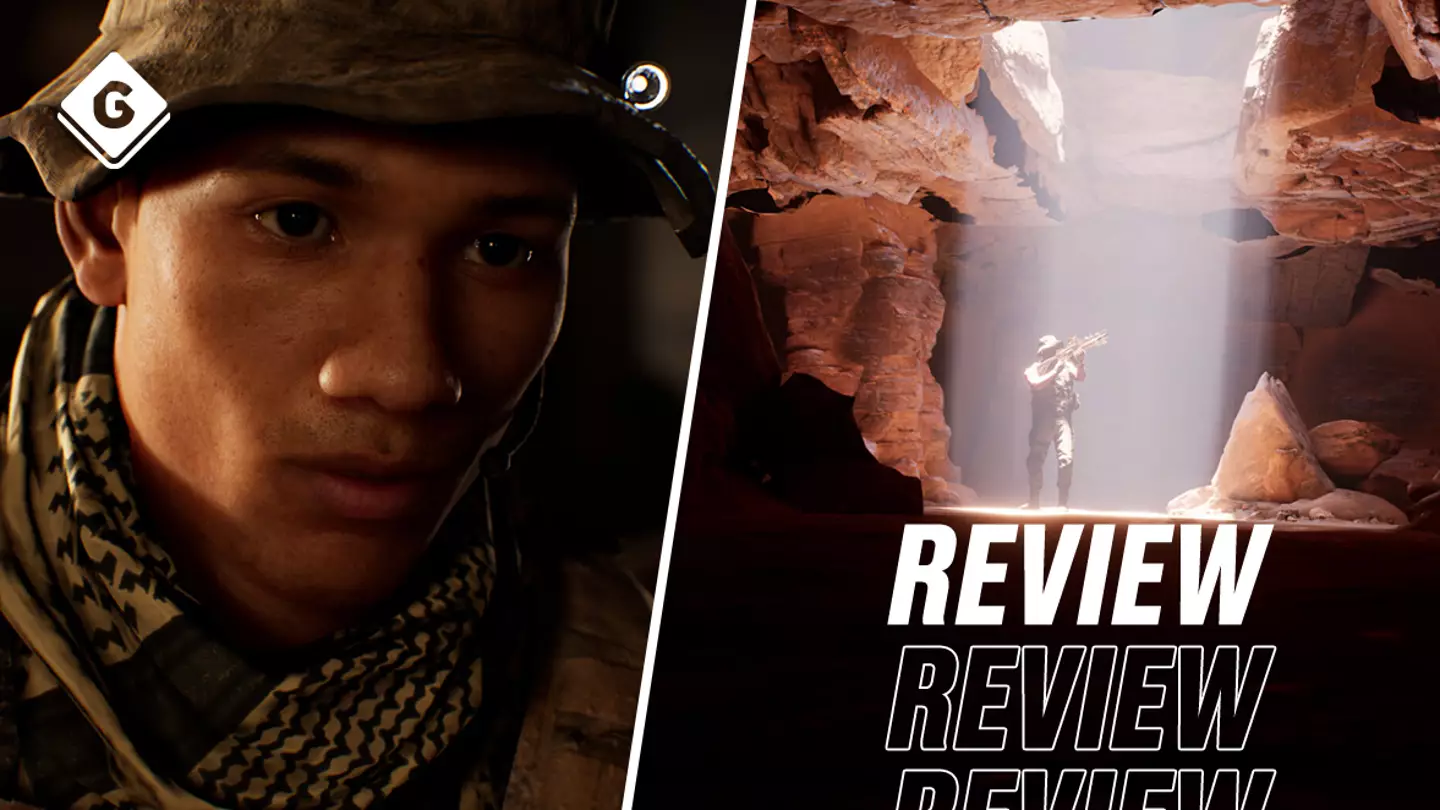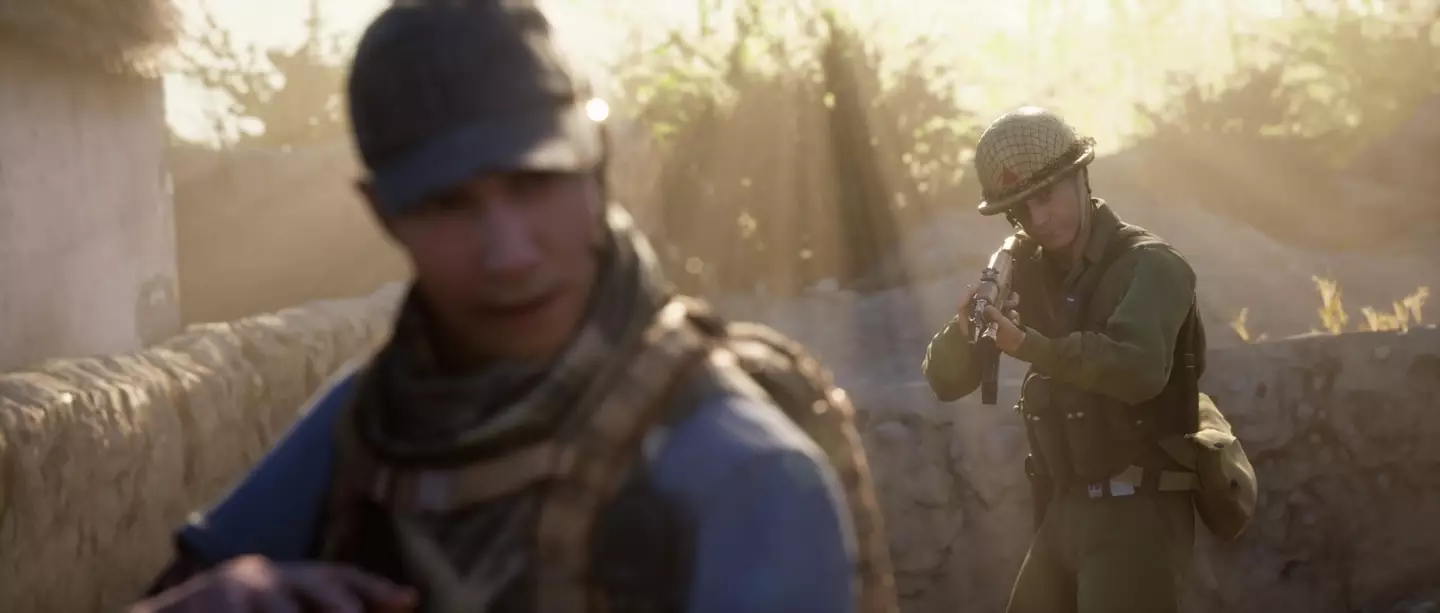
Until Dawn was one of the best decision-based horror games ever made - if not the best. Developers Supermassive proved themselves to be masters of the art of capturing that schlocky, teen-horror storytelling that’s just goofy enough to be enjoyable. Jump scares aplenty, moral dilemmas and enough gruesome deaths to shake a rusty chainsaw at.
After the success of Until Dawn, it was announced that The Dark Pictures Anthology would follow the same style as its forebear, but broken down into smaller, episodic instalments - each focusing on a brand-new story based around a real-world myth. The first game, Man Of Medan, took us on the legendary ghost ship of the same name. Its follow-up, Little Hope, plunged us into the terrifying heart of the Salem witch trials. And now, the third game House Of Ashes, takes us to an ancient Mesopotamian ruin buried beneath the Iraqi desert.
This tale begins in ancient times and plays loosely off the (likely) fictional Curse Of Akkad, in which the Akkadian king Naram-Sin has angered the gods by plundering one of their temples. In an attempt to get back into their good graces, he builds another spectacular temple which will be the main location for our story, some 4,000 years in the future. Unfortunately for Naram-Sin, the gods are having none of it. I won’t go into detail on exactly what happens so as not to spoil things, but let’s just say, it doesn’t exactly end well.
Flash forward to 2003 and Iraq during the closing stages of the Second Gulf War. A Special Forces unit consisting of four of our five playable characters plus one or two others gear up in their hunt for the weapons of mass destruction thought to have been controlled by Saddam Hussain. One thing leads to another (as they often do) and the group end up plunged into the temple which now lies underfoot. Who will prove to be more deadly? The enemy from above ground, or something altogether far more horrific?
Advert
The Marine team is led by Lt Jason Kolchek with Sgt Nick Kay, CIA operative Rachel King (played by Ashley Tisdale), Lt Col Eric King of the United States Air Force and Lt Salim Othman of the Iraqi Republican Guard, who is also trapped in the ruin following a skirmish up above. The success and believability of games like House Of Ashes lives and dies on the chemistry between its characters. No chemistry, and the stakes of the frequent action sequences, and the moral decisions that dictate if certain characters live or die, begin to lose their importance.
While most of the actors create passably believable depictions of their characters, that overall interconnectivity ends up feeling quite flat and jilted. It’s difficult to talk about the successes of these interactions without giving away key parts of the story, but there is an unforeseen camaraderie that becomes the highlight of the game. Sadly though, it does feel like a lot of the decisions don’t amount to much, with a lot of character fates being decided during quick time events, not through dialogue trees.

Supermassive cite influences from titles such as The Descent, Alien, Predator, and this game takes inspiration from the 1936 H.P. Lovecraft novel At The Mountains Of Madness. While you can certainly see flashes of these excellent examples of the genre, House Of Ashes ends up falling short of such classic stories, and is instead just ‘fine’. I only managed to save three characters by the close - one died due to a missed QTE - and I felt very little pull to go back and try for a better ending.
Advert
While I do applaud that the developers tried to do something a little different with their own formula, it ended up coming off as more of an action game than anything scary. As for the butterfly effect storyline, it’s often painfully obvious where crucial decisions have been made that tie into other dialogue and scenes. Characters will be standing in different poses or moving at a different pace than they were moments before. For example, two characters have what, in real life, would be an incredibly emotional chat and as soon as it’s over go back to being completely nonchalant like it didn’t happen. It’s moments like this that really let the overall immersion down.
The gameplay, too, feels decidedly less refined than its predecessors. Plumping for a free camera instead of one in a fixed position, it moves too slowly compared to your characters. In confined spaces (which I’d say amount for a good 50% of the overall game) characters often get stuck on bits of scenery or have the camera far too close to them to be able to see what’s going on. It’s at best fiddly and at worst highly annoying, making hunting for the game’s secrets more of a chore than anything.

By and large, the game does look good on the PlayStation 5, though I can’t speak for the previous-gen versions or PC and Xbox Series X/S. The underground locations are claustrophobic and atmospheric, and character models look great until they start moving. For some reason, our heroes have a tendency to talk with their chins tucked directly into their necks which I found to be distracting and, honestly, a little uncomfortable to look at.
Advert
One of the key selling points that Supermassive seem to be targeting is the social aspect of The Dark Pictures Anthology. You’re prompted to play with others before you’re prompted to play alone, and while I didn’t try it for myself in House Of Ashes (it’s also a feature in Man Of Medan and Little Hope) I imagine it will drastically increase the enjoyability of the game, especially if you’re playing with friends who spook easily.
At the end of House Of Ashes’ seven or so hour run time, I felt similar to if I’d just watched a low-budget action film - something more akin to Dog Soldiers than the game’s intended influences. It was a good time but I don’t really feel like I need to play it again in order to get everything I’m going to get from it. The game ranks firmly above Man Of Medan, but below Little Hope, and I hope that the next chapter in the series leans back towards the horror aspects rather than the action.
Pros: Fairly fun story, pretty locations and character models
Cons: Poor movement, uninspired dialogue, little incentive to replay
Advert
For fans of: Until Dawn, Man Of Medan, Little Hope
6/10: Good
The Dark Pictures Anthology: House Of Ashes releases October 22 on PS4, PS5, Xbox One, Xbox Series X/S and PC Digital. Code for review was supplied by the publisher. Find a guide to GAMINGbible's review scores here.
Featured Image Credit: Bandai Namco Entertainment / Supermassive